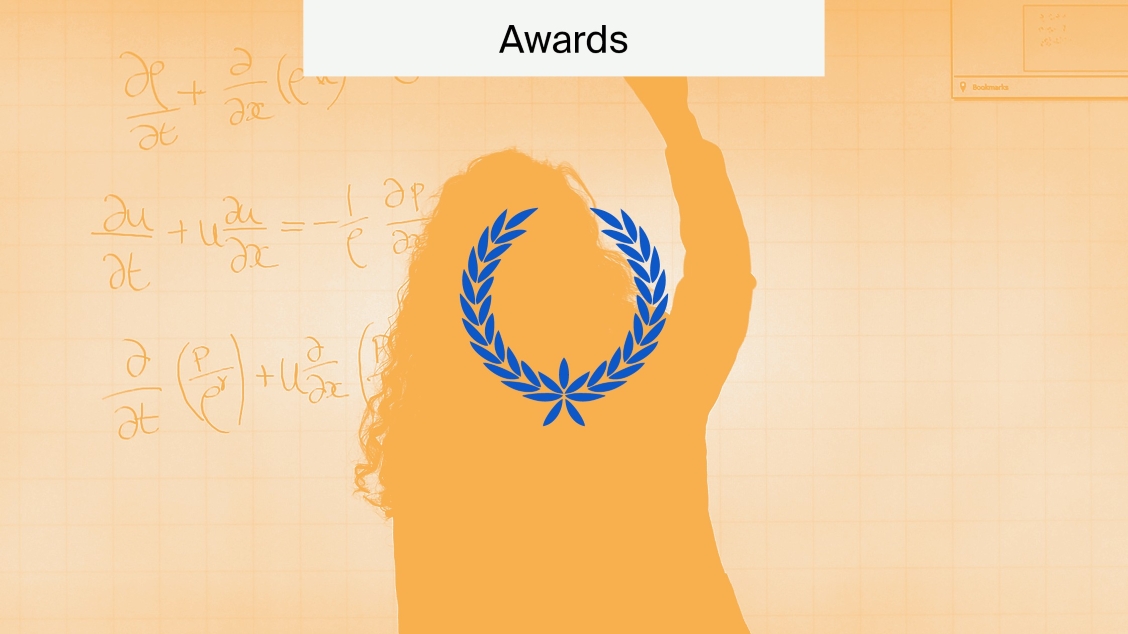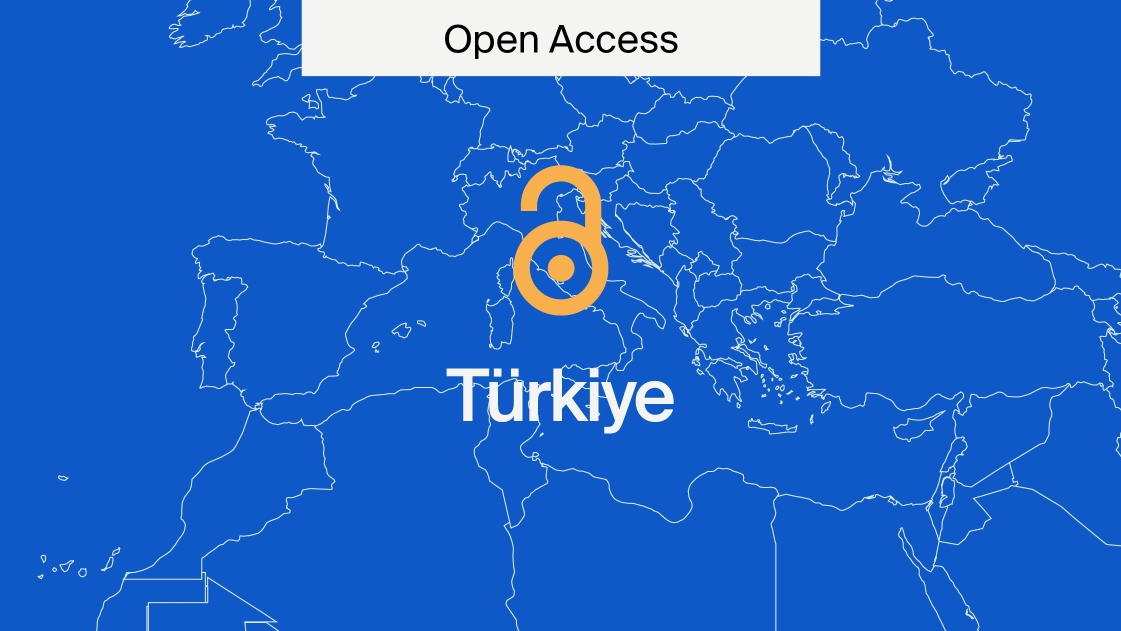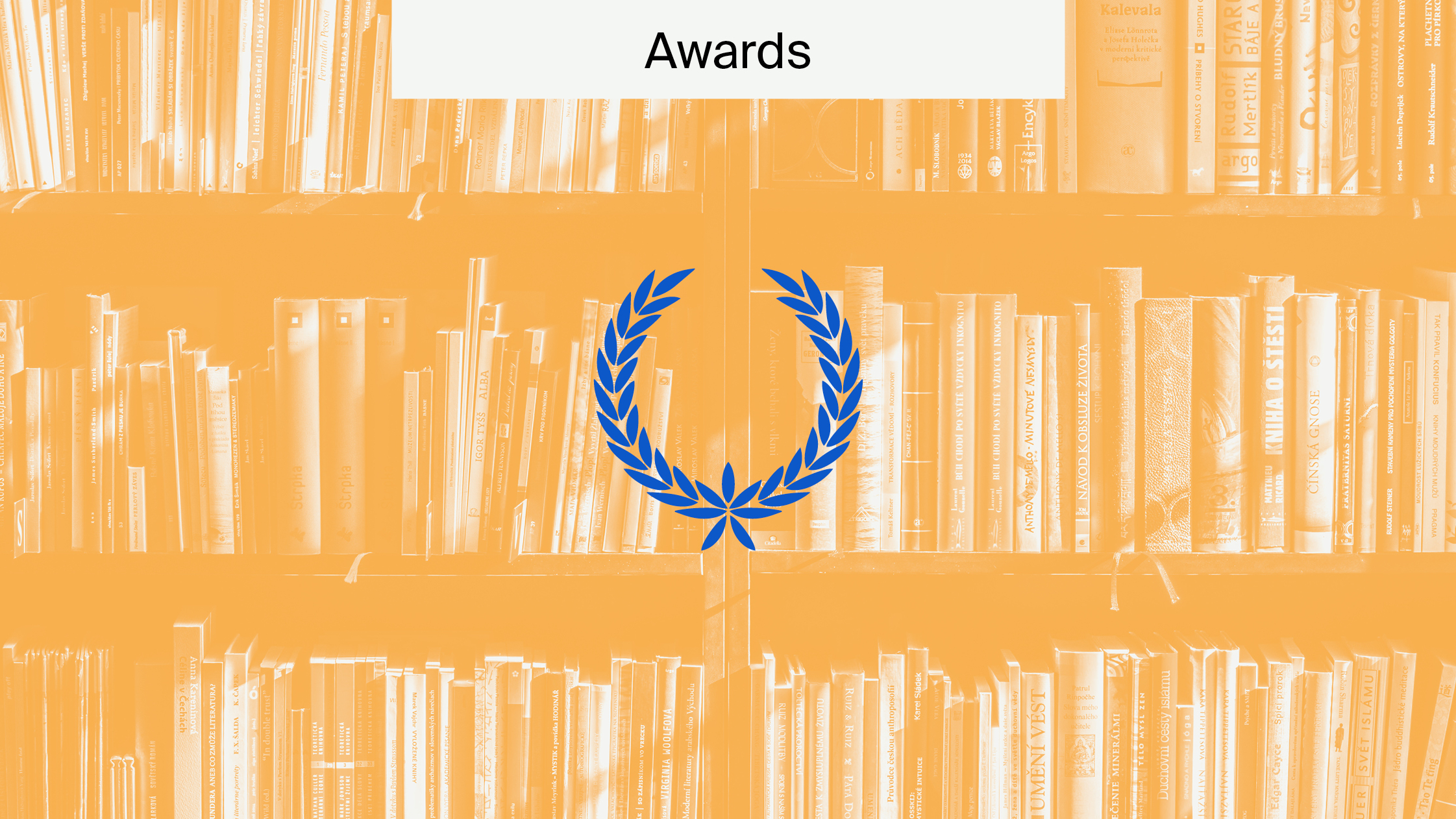
Maximising the Impact of Your Graphical Abstracts
Graphical Abstracts (GAs) are an important part of modern academic publishing. As well as being eye-catching to grab the reader’s attention, they allow the reader to understand the basis of the paper at a glance using visual depictions of the focal topic.
There are a few factors that may improve the presentation and clarity of your GAs, and allow your GA to be published simultaneously with the main text on the MDPI website. Below is a list of suggestions of how to produce a suitable GA for an MDPI published paper, as well as some of the common pitfalls of GAs received by our editorial staff.
Ensure that the correct resolution and file type are used
 This is a simple tip to ensure that the GA is in the correct ratio and of high visual quality once online. For Graphical Abstracts published on the MDPI website, the minimum size is 560 × 1100 pixels, with a maximum size of 2800 × 5500 pixels (height × width). Any blank space surrounding the GA must be removed, as this can often be off-putting for the readers. Furthermore, bear in mind that the image should not be stretched either horizontally or vertically to fit these dimensions, as this will result in poor image quality. There are also multiple options for GA file types, such as JPEG, PNG, TIFF, or SVG. These file types will be accepted by our submission system. Please avoid using lesser-known image types.
This is a simple tip to ensure that the GA is in the correct ratio and of high visual quality once online. For Graphical Abstracts published on the MDPI website, the minimum size is 560 × 1100 pixels, with a maximum size of 2800 × 5500 pixels (height × width). Any blank space surrounding the GA must be removed, as this can often be off-putting for the readers. Furthermore, bear in mind that the image should not be stretched either horizontally or vertically to fit these dimensions, as this will result in poor image quality. There are also multiple options for GA file types, such as JPEG, PNG, TIFF, or SVG. These file types will be accepted by our submission system. Please avoid using lesser-known image types.
Keep text to a minimum and use an appropriate font
The Graphical Abstract should be a visual summary of the manuscript’s contents. It is advisable to only use as much text as is absolutely necessary for the understanding of the images. Text should only be used for labels and graphs; avoid prose. Additionally, try to avoid bullet points unless they complement images that are relevant to the publication. Another aspect to consider is the font and size of font used in the text of the GA. The font should be clear, easy to read and professional, such as Times New Roman, Arial or Calibri. Graphical Abstracts with excessive text or those with unprofessional fonts will be rejected by the Editorial Office and will require reformatting before publication online.
Try to keep it simple, well-structured and clear
For the GA to have maximum impact, try to keep labelling clear and avoid the overlapping of images. This will also help you to plan the layout of the GA, as well as the content, in advance, to avoid any potential problems later. A common oversight when creating a GA is the cropping of graphs and other diagrams. Please try to crop appropriately, as GAs with partially cropped words, sentences or numbers will need to be revised prior to being published online.
Avoid duplication from within the paper and from outside sources
A graphical abstract should be unique and summarise the entire content of a paper. It therefore cannot be a figure taken directly from the manuscript, as this only summarises a small portion of the overall work. It should also be original, rather than a compilation of figures from within the manuscript, or an image taken from elsewhere. GAs must comply with the same copyright regulations as figures taken from other manuscripts. Remember to pay attention to figures adapted from other publications, as you will be required to provide written confirmation that you have obtained the rights to use the image or modify it, if applicable.
Submit research to MDPI
We hope that these tips and tricks will be of use the next time you submit a manuscript to MDPI. Remember to keep it clear, easy to read and eye-catching, while following the advice listed above, and you will have an amazing Graphical Abstract to accompany your research.
MDPI has over 400 journals, so you’re bound to find a home for your research. See our full list of journals if you are interested in submitting.










